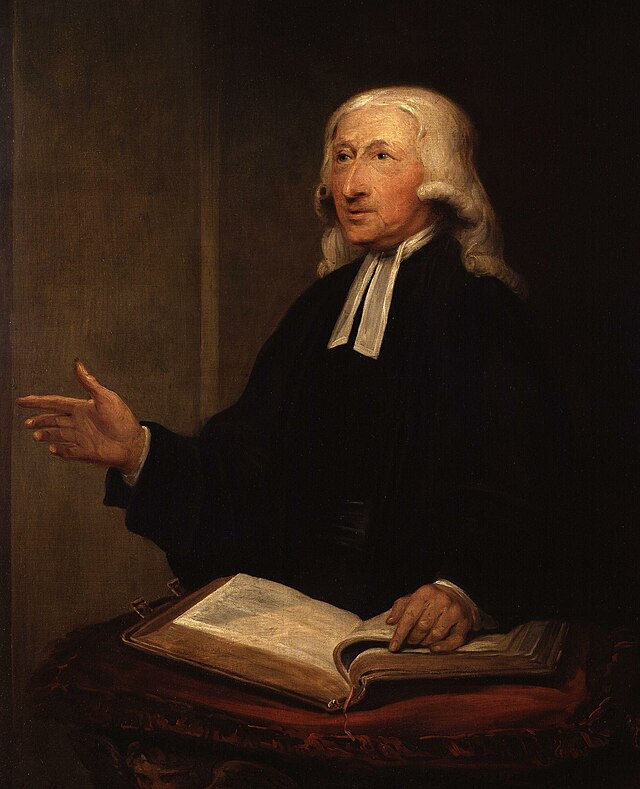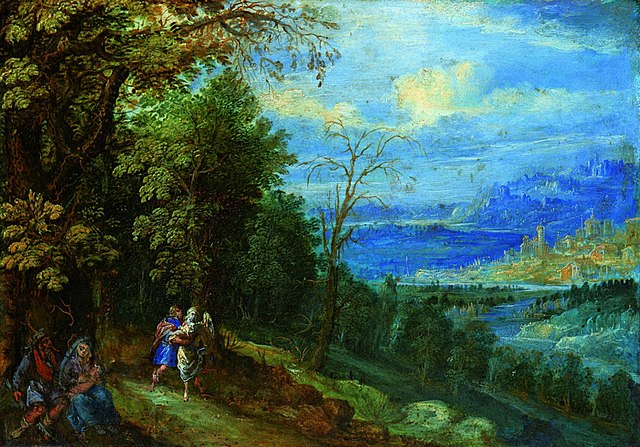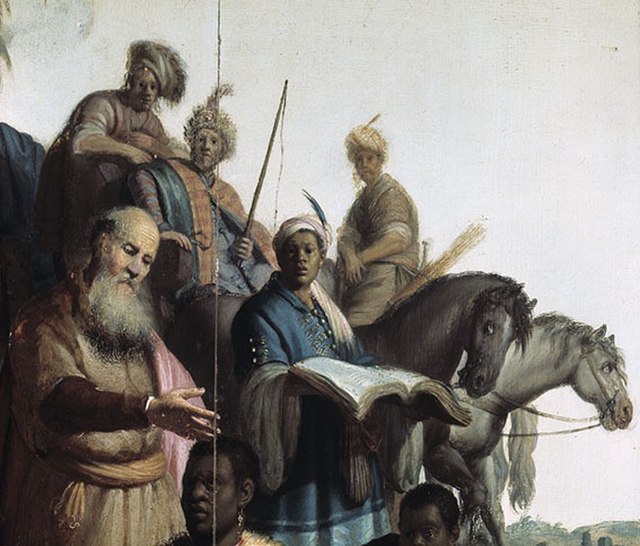Introduction
The history of the Methodist Church is one of spiritual vigor, adaptability, and perseverance. From its embryonic stages as a renewal movement in the 18th century to its contemporary challenges and divisions, Methodism’s journey is intricate and illuminating. Here’s a look into its trajectory up to the present day.
Beginnings: The Holy Club
In the early 18th century at Oxford University, brothers John and Charles Wesley, along with George Whitefield, established the “Holy Club.” Known for its systematic spiritual practices, outsiders mockingly termed them “Methodists”—a name that stuck.
Evangelical Revival
Both Wesley brothers experienced profound spiritual conversions, propelling them into dynamic open-air preaching, often drawing thousands. This Evangelical Revival, enhanced by George Whitefield’s contributions, swept across England.
Methodism’s Expansion
Beyond British shores, Methodism took root in Ireland, Scotland, and Wales. Its structures, from societies to classes, deeply nurtured believers, despite opposition from the established church.
An American Flame
Methodism, carried by immigrants and missionaries like Francis Asbury, burgeoned in the American colonies. By the American Revolution, numerous Methodist societies dotted the landscape.
Birth of a Non-denominational Christian
Post the American Revolutionary War, the Church of England’s reluctance to ordain American ministers prompted John Wesley to ordain Thomas Coke as a superintendent (later termed bishop). This action birthed the Methodist Episcopal Church in the USA in 1784.
19th Century Fractures
Differences, especially over slavery, fractured American Methodism. The Methodist Episcopal Church South emerged in 1845 due to slavery disputes. Earlier, concerns about governance had led to the formation of the Methodist Protestant Church.
Methodism’s Societal Impact
Methodists championed various social causes, from pushing for slavery’s abolition to promoting temperance. Moreover, the global missionary drive expanded Methodist footprints across continents.
United Methodist Church Emerges
1968 marked a significant reunification: the Methodist Church and the Evangelical United Brethren Church merged to establish the United Methodist Church (UMC).
Contemporary Challenges and Division
In recent years, the UMC has grappled with contentious debates, especially concerning LGBTQ+ clergy ordination and same-sex marriage. Deep-seated theological and social divides became evident.
In 2020, a protocol was proposed, suggesting the amicable separation of the UMC into different denominations. Under this protocol, Bible-based congregations, which adhere to bans on gay marriage and LGBTQ+ clergy, would form a separate entity. Other more progressive factions would retain the UMC name and revise church laws to be more inclusive. While the COVID-19 pandemic delayed the General Conference that was to finalize this plan, the proposed split represented one of the most significant developments in Methodist history since its inception.
Unfortunately, as the process unfolded there were many reports of congregations being prevented from leaving the UMC due to rule changes and other petty politics, leading many to leave the congregations that remained part of the UMC.
The Flourishing of the Global Methodist Church
In the wake of deep-seated disagreements within the UMC, the traditionalist faction gave rise to the Global Methodist Church (GMC) in 2021. Far from being a mere splinter group, the GMC has rapidly matured, finding resonance among many Methodists worldwide.
Communities and churches across various regions have recognized and appreciated the GMC’s dedication to its mission. This has resulted in a vibrant, growing congregation that spans continents. The establishment of new churches, engaging community programs, and a strong emphasis on outreach are just a few indicators of the GMC’s thriving nature.
Conclusion:
The Methodist tradition, from its beginnings to the present, remains an influential force in the Christian landscape. The emergence and thriving nature of the Global Methodist Church underscore the dynamism and adaptability inherent in Methodism, revealing a bright path ahead.
Discussion Questions:
- How did the socio-political climate of 18th-century England contribute to the birth and growth of Methodism?
- In what ways did the Methodist Church influence and respond to major social issues, such as slavery and temperance, during its development?
- What are the implications of the formation of the Global Methodist Church for the future of Methodism as a global religious movement?
Want to Know More?
- “John Wesley: A Biography” by Stephen Tomkins: This biography offers a deep dive into the life and theology of John Wesley, one of Methodism’s founding figures. Tomkins provides insights into Wesley’s personal spiritual journey, as well as the broader socio-political context in which Methodism emerged.
- “American Saint: Francis Asbury and the Methodists” by John Wigger: Asbury’s role in American Methodism is central. Wigger’s book provides an exhaustive account of his life, leadership, and the challenges of establishing Methodism in the nascent United States.
- Official Websites (UMC and GMC): Both the United Methodist Church (umc.org) and the Global Methodist Church (globalmethodist.org) have official websites rich with historical resources, official statements, and contemporary discussions on the church’s direction and priorities.




